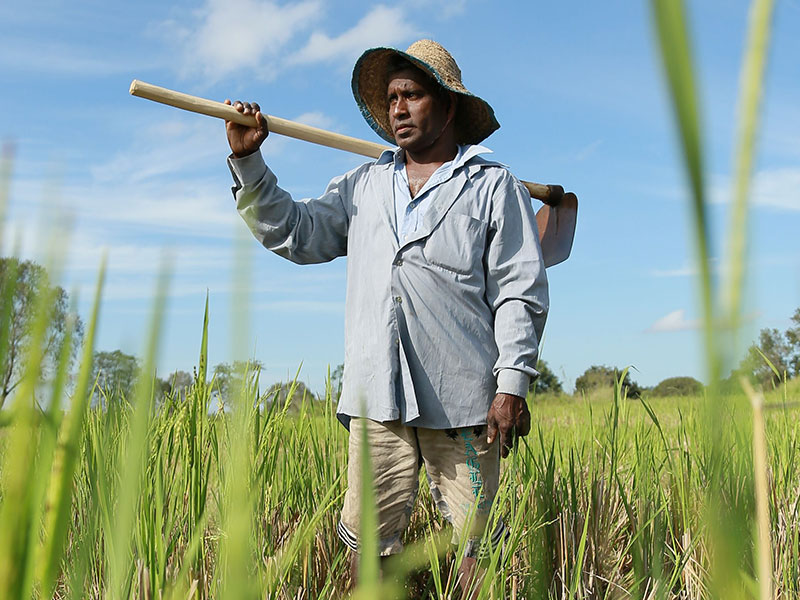Sri Lanka’s economy grew by 1.6% in the quarter from July to September, official data showed on Friday.
The expansion was the first since the end of 2021, with the upturn driven by a lower base, moderating inflation, a strengthening currency and lower interest rates, Sri Lanka’s Census and Statistics Department said in a statement
The growth is primarily from the agricultural sector
Agriculture’s contribution to Sri Lanka’s economy.
Agriculture is a significant contributor to the Sri Lankan economy. In 2020, it accounted for 7.5% of GDP and employed approximately 34% of the workforce. The sector is also a major source of foreign exchange earnings, with exports of agricultural products reaching US$2.6 billion in 2020
Key agricultural exports from Sri Lanka
Sri Lanka’s main agricultural exports include tea, rubber, coconut products, spices, fruits, and vegetables. Tea is the largest agricultural export, accounting for approximately 70% of total exports. Rubber is the second largest export, followed by coconut products, spices, fruits, and vegetables
Potential for agriculture-led growth in Sri Lanka
Agriculture has the potential to play a more significant role in driving economic growth in Sri Lanka. The country has a long history of agricultural production and a large pool of skilled labor. Additionally, Sri Lanka has a favourable climate and fertile land that is well-suited for various crops.
To realize the full potential of agriculture, Sri Lanka needs to address several challenges, including low productivity
: Agricultural productivity in Sri Lanka is low compared to other countries in the region. This is due to many factors, including outdated farming practices, limited access to credit and technology, and the use of poor-quality seeds and fertilizers.







